Dhaka, Oct 02 (V7N)- Common buyers and consumers are angry and disappointed because the price of hilsa in the market is high even in the current full season. In addition to low income, middle class people are also eating hilsa fish in the market. Although in the past, the complaints of pirates on hilsa boats, police harassment, etc., have reduced somewhat. Traders said that those who used to bribe the rulers and syndicate the occupation of the ghats are also out of most of the areas. Still, the reason behind the price of hilsa being out of reach is the lack of supply, high demand, declaration of prohibited period and export.
Hilsa fish contributes about 12 percent to the total fish production of Bangladesh. According to the information of the Ministry of Fisheries and Livestock, its annual production is five hundred and seventy-one thousand metric tons.
It is known that the production of hilsa in Bangladesh has increased every year, but this year the production has decreased a little. It has been reported that Chandpur's Padma and Meghnai Hilsa are not matching as before. Last year, 82 thousand 876 metric tons of hilsa were extracted in Bangladesh during July-September. But this year the amount of hilsa caught is 57 thousand 273 metric tons.
Consumers Association of Bangladesh or CAB is a non-governmental organization working on consumer rights. According to their data, the average price of hilsa weighing 500-1000 grams in 2014 during the full season was Tk 500. In the current market it is more or less 18 hundred taka. Small, medium and large sized hilsa are being sold from Tk 40,000 to Tk 90,000. A kilogram of hilsa caught in Padma and Meghna is about 2500 to 3000 taka in supermarkets. In the retail market, 2,200 to 2,600 taka of hilsa is sold in sea and river fish. However, some traders in the market are also blaming the insufficient catch of fish on the river and sea coast.
Lokmanhosen, a trader at Kacha Bazar No. 11 of Mirpur in the capital, said that Hilsa is not being caught in large numbers in the rivers. There would be no shortfall in the supply of the market if the fishermen's nets caught the dead fish. The price would also be stable.
Fishery scientist and hilsa researcher on the crisis and abundance of hilsa in the sea, coast and river. Anishur Rahman said, this time of the season is going on. Moreover, there is alfalfa drowning and water pollution in rivers. Therefore, the migration of hilsa has decreased. However, this fish with a fast-moving and strange nature runs in flocks in seas and rivers. And if the situation improves, this fish will definitely be caught in the fishermen's nets, he said.
Rustam Ali, who has been selling fish for 20 years in the capital's Kawran market, said that the current price of hilsa has made it difficult for ordinary people to buy and eat a large hilsa during the season. He said that last week, one kilogram of hilsa was sold at 1600-1700 taka, which has increased to 2200-2500 taka this week. Sellers claim that the price of hilsa is high due to low supply of fish and high demand. Along with that there is the effect of exports.
Traders say that after the announcement of exports to India, both the demand and the price of the big fish in the market have increased. The price of one kilogram of river hilsa rose from Tk 2500 to Tk 3000 per kg. For a long time, businessman Sabuj Mia brought fish directly from Chandpur Ghat and sold it. He said, the price of fish has never been as high as this time, but it has happened this time. Regarding whether the decision to export has had an impact on the shortage of fish, he said, "There is no big fish in the market." Amidst this shortage, large fish are being selectively stocked to declare fish exports. And if there is no fish in the market, the price will increase. And the system of determining the price of fish is continuing as in the past where there has been no change, he said.
However, the amount of hilsa that the government claims is going to India is small compared to the total production of Bangladesh. But fish is being exported at a time when Hilsa is less available in the river. Besides, the hilsa that is exported to India is a large size and river fish, so both the demand and the price of this fish have increased.
It is known that there is a huge demand for hilsa from Bangladesh in West Bengal, India. Therefore, Bangladesh has started exporting hilsa to India in spite of the shortage of hilsa in Bangladesh in the full season and selling at the highest price per kg in the country's market in the last decade. Before this, the first export of hilsa to India started in 1992. Since 2019, the government has been exporting hilsa fish to India and sending it as a gift before Durga Puja. According to the information of the Ministry of Commerce, 476 tons in 2019-20 fiscal year, 1 thousand 699 tons in 2020-21 fiscal year, 1 thousand 230 tons in 2021-22 fiscal year and 1 thousand 391 tons of hilsa in 2022-23 fiscal year have been exported. The Ministry of Commerce last year allowed 79 companies to export 3,950 tons of hilsa. And the ministry has approved the export of 3000 tons of hilsa to 50 companies on the occasion of Durga Puja in the current financial year 2024-25. Which has a great impact on the country's market.
Regarding the price of hilsa after the decision to export to India, Fish and Livestock Advisor Farida Akhtar told Voice Seven News that both the demand and the price have increased as fish production is less than the requirement. Then the export has a big impact on the market. The advisor also said that there is an absolute effort from our side to bring the price to a bearable level. This ministry will look into the reason why the prices are increasing and we will take the cooperation of all the ministries to control it.
Meanwhile, to protect the country's hilsa, the government announced a two-month fishing closure program from March 1st to April 30th every year. Fishing, transportation, sale and storage of hilsa in the sanctuary during this period is completely prohibited. Then from May-June to mid-October is the hilsa harvesting season. Traders consider this time as 'peak time'.
In view of the breeding season, a 22-day ban on mother hilsa conservation will start from October 13 to November 3 in 6 sanctuaries. At that time, catching, selling, storing and transporting mother hilsa with eggs will also be legally prohibited. The hilsa season will end soon after the ban. Then an eight-month ban on catching jatka will be given again. Businessmen said that the current market price of hilsa is not falling due to normal reasons.
END/RB/AJ



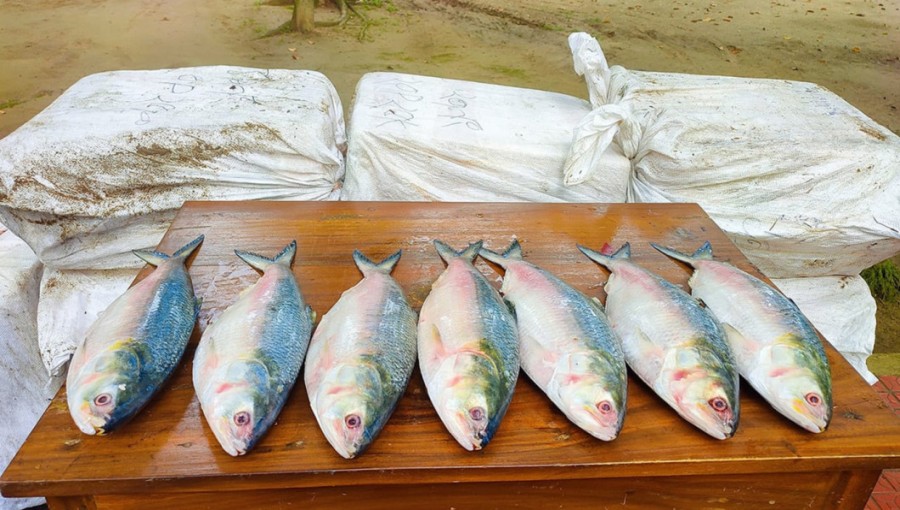


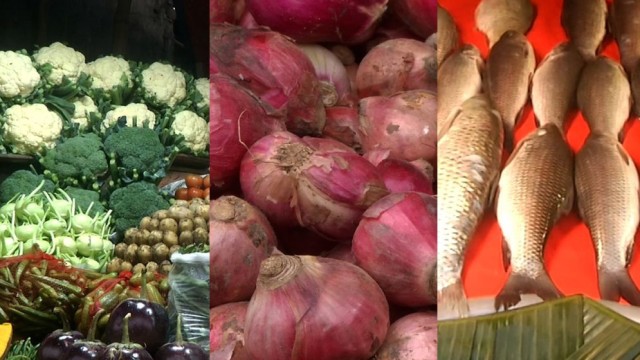


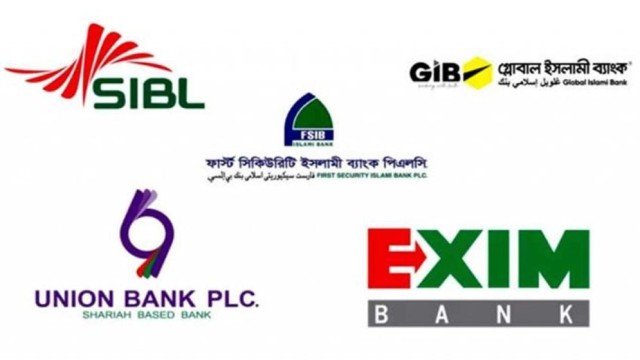

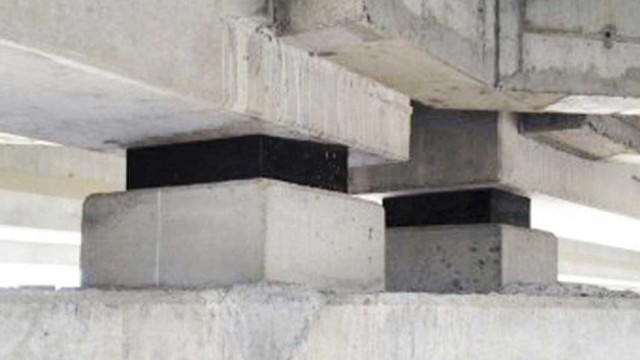




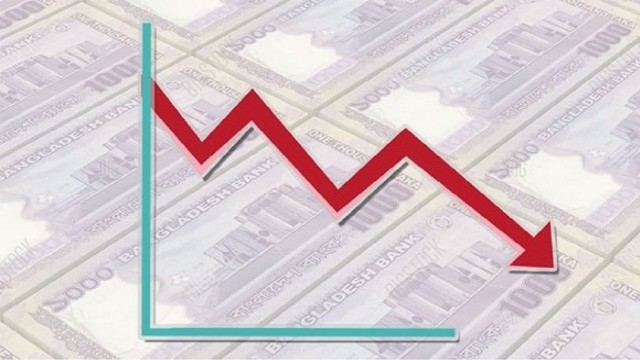
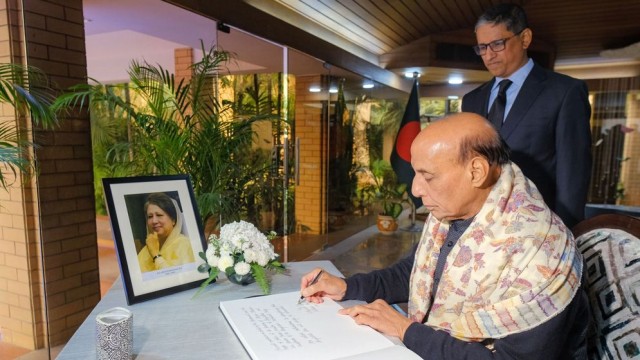



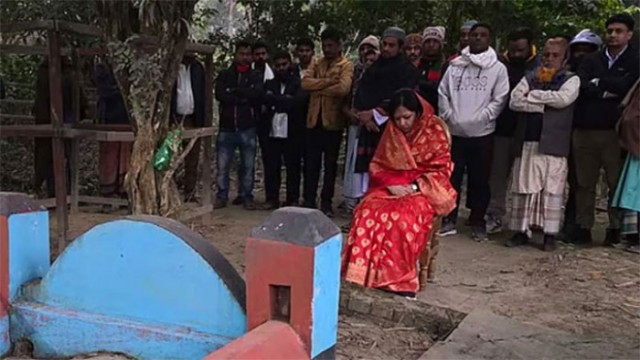



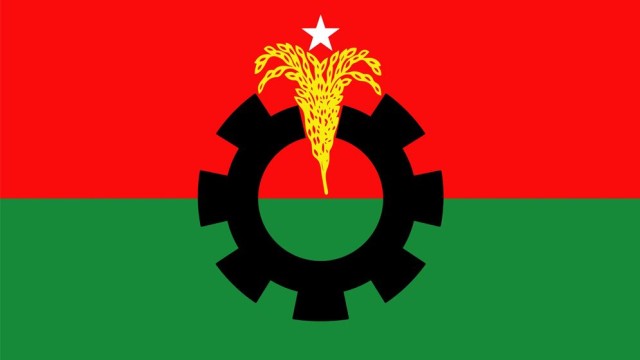




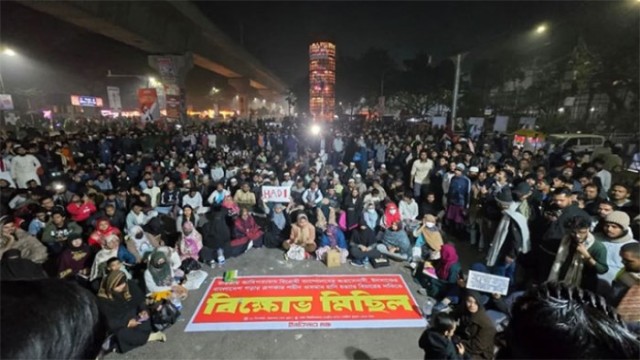
Comment: